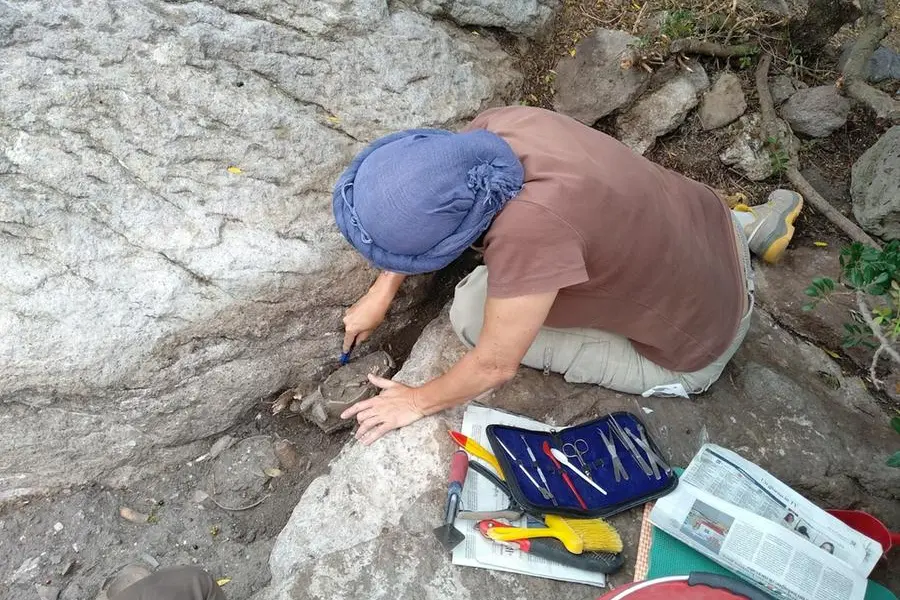Sant'Antioco, archaeologists at work on the Tofet of the ancient city of Sulki
Two more weeks and the third work campaign will be concluded
Per restare aggiornato entra nel nostro canale Whatsapp
Two more weeks of work, and then the third archaeological research campaign of the German University of Tübingen (Institut für Klassische Archäologie) at the Tofet sanctuary in the ancient city of Sulki, on the island of Sant'Antioco, can be said to be over, after previous years of 2018 and 2019, within an excavation concession of the Ministry of Culture.
After the 2020 break caused by the pandemic, work resumed in 2021 with a short campaign in June and the last one, in progress, in September-October.
The excavations are part of the ARS-Archaeological Research in Sardinia project, and are carried out under the scientific direction of Thomas Schäfer and Valentina Melchiorri and with the scientific coordination, for the various research areas, of Paolo Xella, Matthias Lang and Ilaria Montis.
The investigations are in continuity with the works already carried out in the area by the Archaeological Superintendency of Cagliari. An international team works in the field which involves archaeologists from Italy (especially Sardinia and Sicily), Spain, Tunisia and Germany, with a wide range of specialist and interdisciplinary collaborations.
The Tofet is a particular Sanctuary typical of the Phoenician settlements of the central-western Mediterranean, with testimonies in Sardinia, North Africa and Sicily. Characteristic elements are the urns, containing cremated remains of young children and animals (especially sheep and goats), and the votive steles erected in the sanctuary by the faithful to ask for a grace from the divinity or to pay homage for the grace received.
The Tofet di Sant'Antioco is one of the oldest among those known. Founded at a particularly impressive and suggestive outcrop of trachytic tuff, the sanctuary stands on the top of the hill called "Sa Guardia de is Pingiadas", "the Guard of the Pignatte". The name comes from the fact that the ancient pots, the very ones used to contain the ashes and tangible testimony of the ritual, were clearly visible even before the start of the archaeological excavations, which took place several times during the last century.
The latest works promoted by the University of Tübingen had as their main objective that of shedding new light on the oldest frequentation of the Sanctuary and, in particular, on the methods of placing urns and therefore on the characteristic ritual of the Tofet, still the subject of lively debate among the scholars. The discoveries made so far have exceeded expectations: there are in fact numerous contexts still intact and of great scientific interest, brought to light through a rigorous excavation method and documented using the most modern digital technologies.
(Unioneonline / vl)
